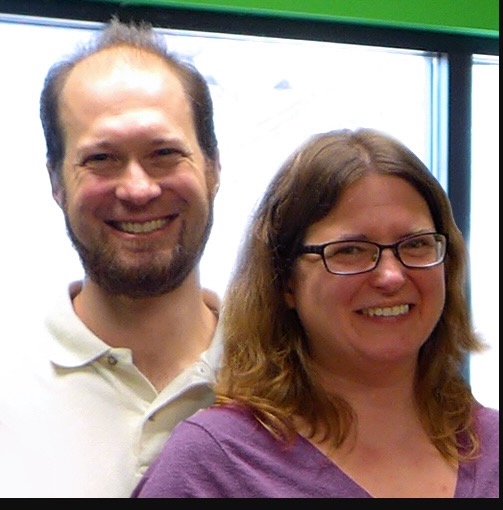Exploring Community, Flexibility, and Holistic Care at Patchwork Central

On the latest episode of "To Be and Do," host Philip Amerson sits down with Amy and John Rich, co-directors of Patchwork Central in Evansville, Indiana. The conversation offers a deep dive into the unique mission, day-to-day operations, and personal motivations that fuel this long-standing neighborhood center. This episode is particularly rich in stories about adaptation, the power of community, and new models of care at the grassroots level. Here are three key takeaways from their insightful discussion.
1. Patchwork Central’s Mission is Rooted in Flexibility and Holistic Service
One of the main themes is Patchwork Central’s open-ended and adaptive approach to community needs. As Amy explains, Patchwork’s vision “pretty much could include anything intentionally and always has.” The center doesn’t divide its outreach into rigid ministries; instead, it allows programs and activities to evolve based on who walks through the door and what people in the neighborhood need on any given day. This means that visitors might come for a hot coffee, access to hygiene supplies, a shower, or simply a listening ear. In the afternoons, Patchwork transforms into a hub for art-focused after-school programs, supporting generations of local families. This fluid approach is captured perfectly by Amy’s choice of the word “meandering” to describe their journey—each day brings surprises and new directions, always centered on human dignity.
2. Community Events Bridge Neighborhood History and Future
Patchwork Central’s role isn’t limited to merely providing resources—it serves as a gathering place that anchors the neighborhood’s evolving identity. The conversation about “First Fridays” in the Haney’s Corner area highlights this. The event, which features music, art, and open doors at Patchwork, connects longstanding residents and newcomers, maintaining a thread of inclusivity as the area experiences changes, including gentrification and redevelopment. As John puts it, people see Patchwork as a “trusted space,” making it a linchpin in sustaining authentic community life even as the neighborhood around it shifts.
3. Integrating Health Advocacy and Spiritual Care
A standout part of the discussion is John’s journey from ministry to nursing and the creation of Patchwork’s Sozo Health Ministry. John acts as a blend “between the neighborhood nurse and a street chaplain,” providing basic health checks, over-the-counter remedies, and—most importantly—advocacy within a complex healthcare system that often leaves the marginalized behind. His dual training equips him to offer both practical and spiritual support, ensuring neighbors see themselves not as “objects of pity,” but as co-participants in a shared life. This integration of care reflects Patchwork’s deeper purpose: embodying the “realm of God” where worship, advocacy, and daily living are inseparable.
Final Thoughts
This episode beautifully illustrates what it means to serve a community with openness, humility, and creative courage. Amy and John’s stories remind listeners that meaningful change often comes from meeting people where they are and letting the path reveal itself. Patchwork Central’s example is a call to nurture spaces that are responsive, inclusive, and holistic—places where people are not only helped but are genuinely seen and cherished.
If you’re looking for inspiration about community work that’s both practical and profound, this conversation is an excellent place to start.








